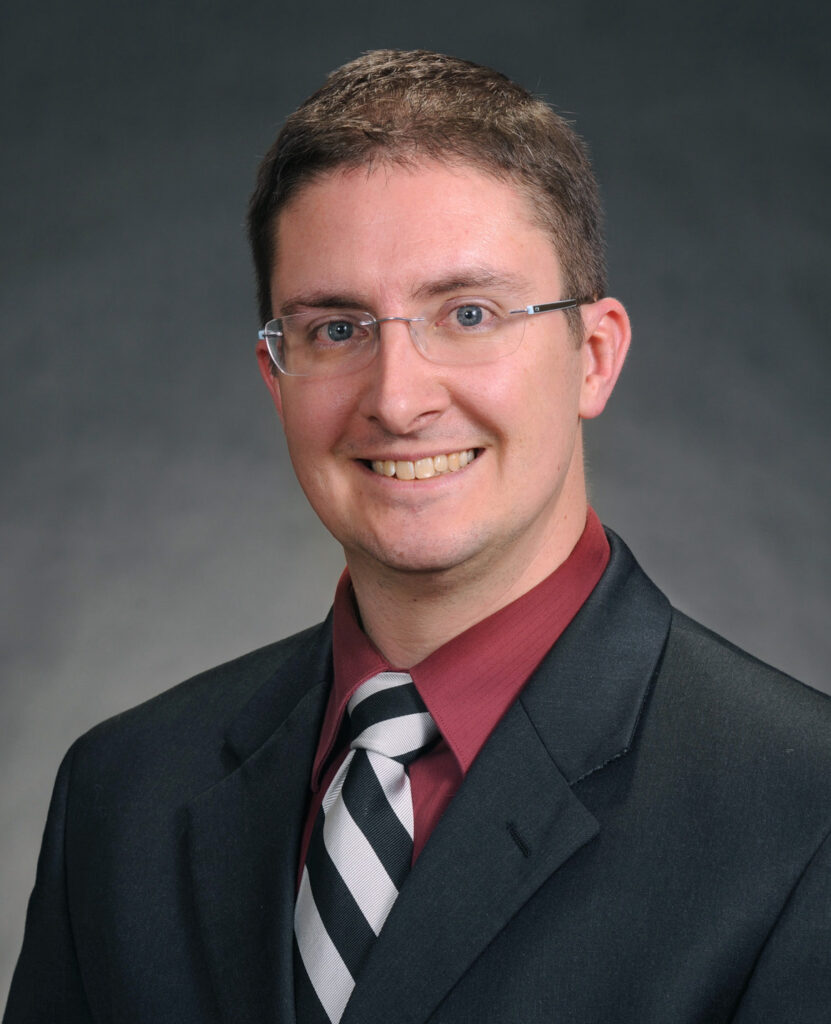In early February, ITS Enterprise Applications completed a complex project that enables University administrative staff members to save significant time processing retroactive pay funding source re-distributions in the ConnectCarolina system.
In this six-month project, Enterprise Applications created the ability in ConnectCarolina to have retroactive pay charged to the same funding sources as the employee was originally paid from for that pay period.

Before implementing this new capability in ConnectCarolina, all retroactive pay went to the funding in place at the time the payment was made. For example, a monthly employee was paid 100% from state funds in January and 100% from F&A funds in February. In February, the employee received a pay increase retroactive to January 1. In the old method, the January retro pay would have been charged to the Facilities and Administrative funds (the current funding source). As a result, this forced the campus to make entries in the Payroll Accounting Adjustment Tool (PAAT) to redistribute the January portion to state funds to match the actual sources in place for that pay period.
“This is particularly painful when we have mass retros like we typically do for a legislative increase or ARP (annual raise process), which would pay thousands of staff retroactively,” said Don Hepp, Senior Director of Finance and Human Resources Applications within Enterprise Applications.
Because they have fewer PAAT actions to key in, campus users can now save hundreds if not thousands of hours of work during high-volume retro pay events.

Complex project
This was “a very, very complex project,” Hepp said. “Logic had to be developed that would run after Oracle’s normal processing, and a lot of trial and error went into handling all the key scenarios.”
In fact, Hepp said, “the team was not certain this could be done given the complications. They did an excellent job creatively solving this problem.”
Increases efficiency
“This project mattered because it leverages technology to save time and effort across campus,” said Walter Miller, Director of Payroll Services. “Anytime we can leverage technology, make the system more efficient, provide more accurate information, it elevates departments and the University. The complexity of the program is very significant and thus made it more satisfying to complete.”
Enterprise Applications’ Robin Burke, who manages Payroll, Commitment Accounting, General Ledger and Commitment Control project work, managed this project. Crystal Jackson, Padmini Renduchintala, Amardeep Nijjar and Chris Lawless, also with Enterprise Applications, played key roles in this project. Also helping make this project happen were members of the University’s Payroll team, led by Miller.
